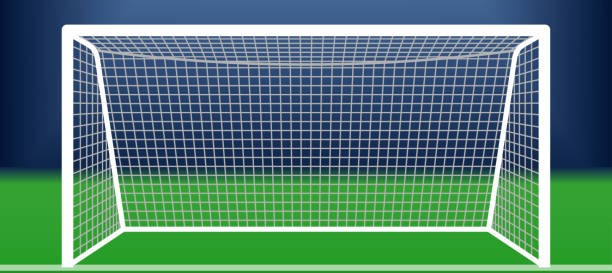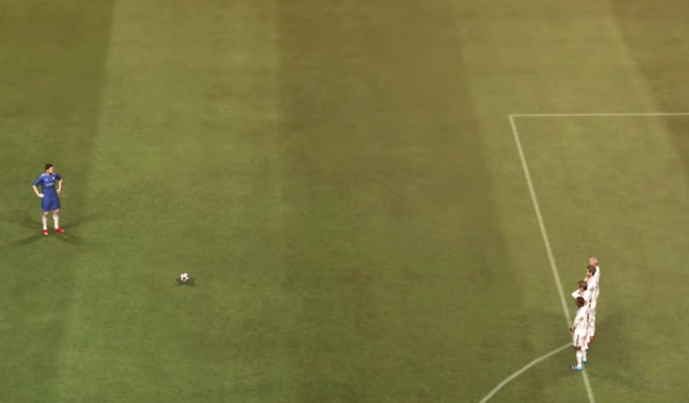













FREE KICK.

A free kick in football is a method of restarting play after a foul has been committed by a player, either through a direct foul
(such as tripping or pushing) or an indirect foul (such as offside or obstruction). Free kicks can provide teams with valuable
scoring opportunities and strategic advantages. Here’s a detailed explanation of free kicks, including types, delivery,
and rules:
Types of Free Kicks:
- ▫ DIRECT FREE KICK: Awarded for serious fouls (e.g., handball, tripping, or pushing). A direct free kick allows the player to shoot
directly at the goal without needing to pass the ball to another player.
- ▫ INDIRECT FREE KICK: Awarded for less serious offenses (e.g., offside or obstruction). An indirect free kick must touch another
player before a goal can be scored.
When a Free Kick is Awarded:
- Free kicks are awarded for various fouls committed by players. Common scenarios include:
▫ FOULS: Such as kicking, jumping at, charging, or striking an opponent.
▫ HANDBALL: When a player deliberately handles the ball (excluding the goalkeeper within their area)
▫ OFFSIDE: Awarded against a player who is in an offside position when the ball is played to them.
Delivery of a Free Kick:
- ▫ LOCATION: The kick is taken from the spot where the foul occurred. If the foul occurs near the penalty area, it can present a
significant scoring opportunity.
- DIRECT FREE KICK:
▫ The player can shoot directly at the goal.
▫ Other players must be at least 10 yards (9.15 meters) away from the ball until it is kicked.
- INDIRECT FREE KICK:
▫ The ball must touch another player before a goal can be scored.
▫ The same 10-yard rule applies to players in the wall.
- TAKING THE KICK:
▫ The ball must be stationary when the kick is taken.
▫ The player can take a run-up to strike the ball with either the laces or the inside of their foot, depending on the desired
accuracy and power.
Free Kick Walls:
- ▫ When a direct free kick is awarded close to the goal, the defending team may form a wall to block the shot.
- ▫ Players in the wall must be at least 10 yards away from the ball until it is kicked.
Strategic Considerations:
- KICKING TECHNIQUES:
▫ CURLED SHOT: The player can shoot directly at the goal.
▫ DRIVEN SHOT: Other players must be at least 10 yards (9.15 meters) away from the ball until it is kicked.
- ▫ POSITIONING OF TEAMMATES: Players may position themselves to distract the goalkeeper or create a target for a header.
- ▫ QUICK FREE KICKS: Players may opt for a quick free kick to catch the defense off guard and create immediate scoring
opportunities.
Rules Governing Free Kicks:
- ▫ RESTARTING PLAY: The ball is in play once it has been kicked and moves forward.
- ▫ RETAKING THE FREE KICK: If the ball does not comply with the rules (e.g., if the kick is taken too quickly), the referee may
call for a retake.
Summary: Free kicks are an essential component of football, offering teams a chance to score or set up attacking plays following fouls.
Understanding the types, delivery, and strategic elements of free kicks can significantly enhance a team's performance, particularly
in critical match situations. Mastery of free kick techniques and tactics can lead to valuable scoring opportunities and greater success
on the field.




























